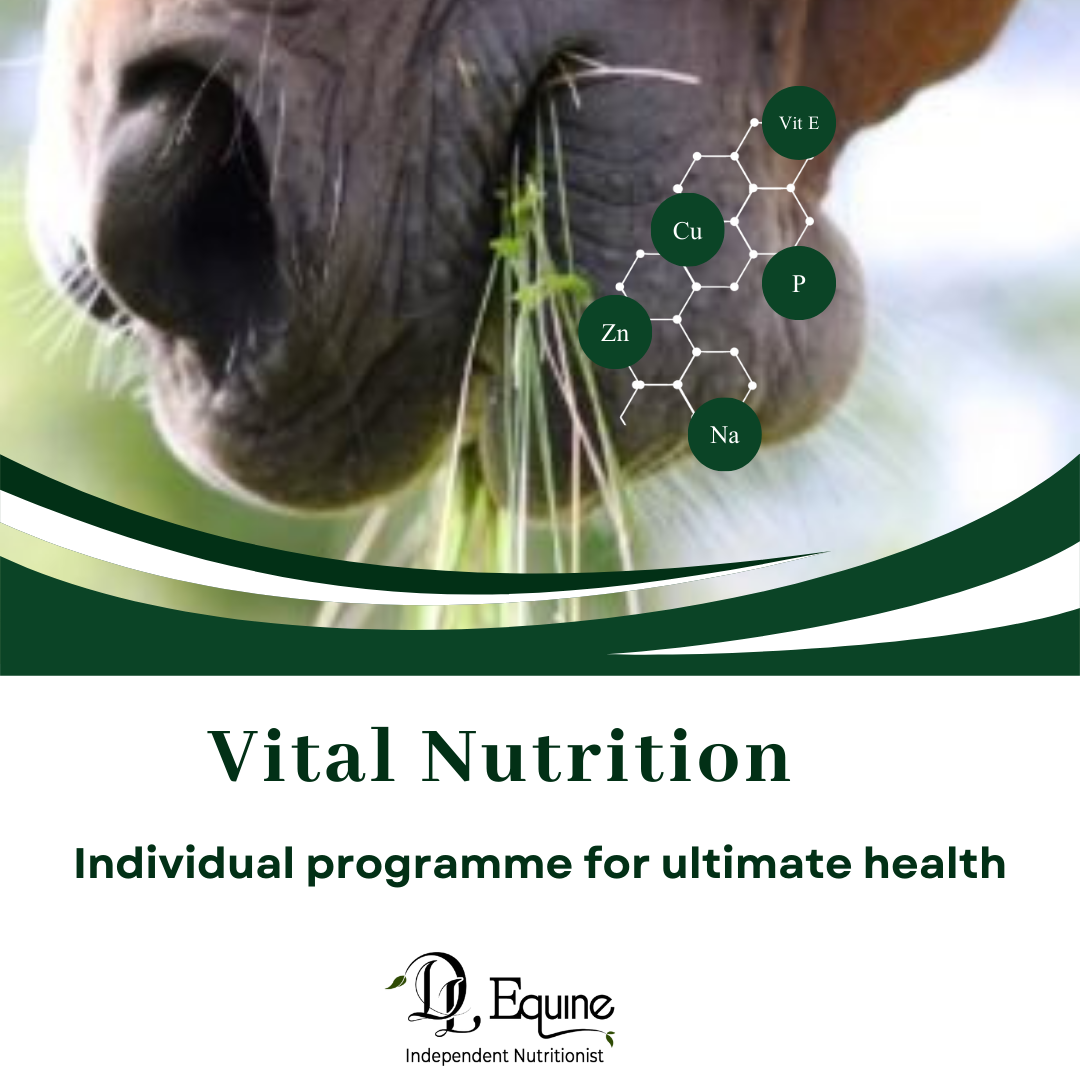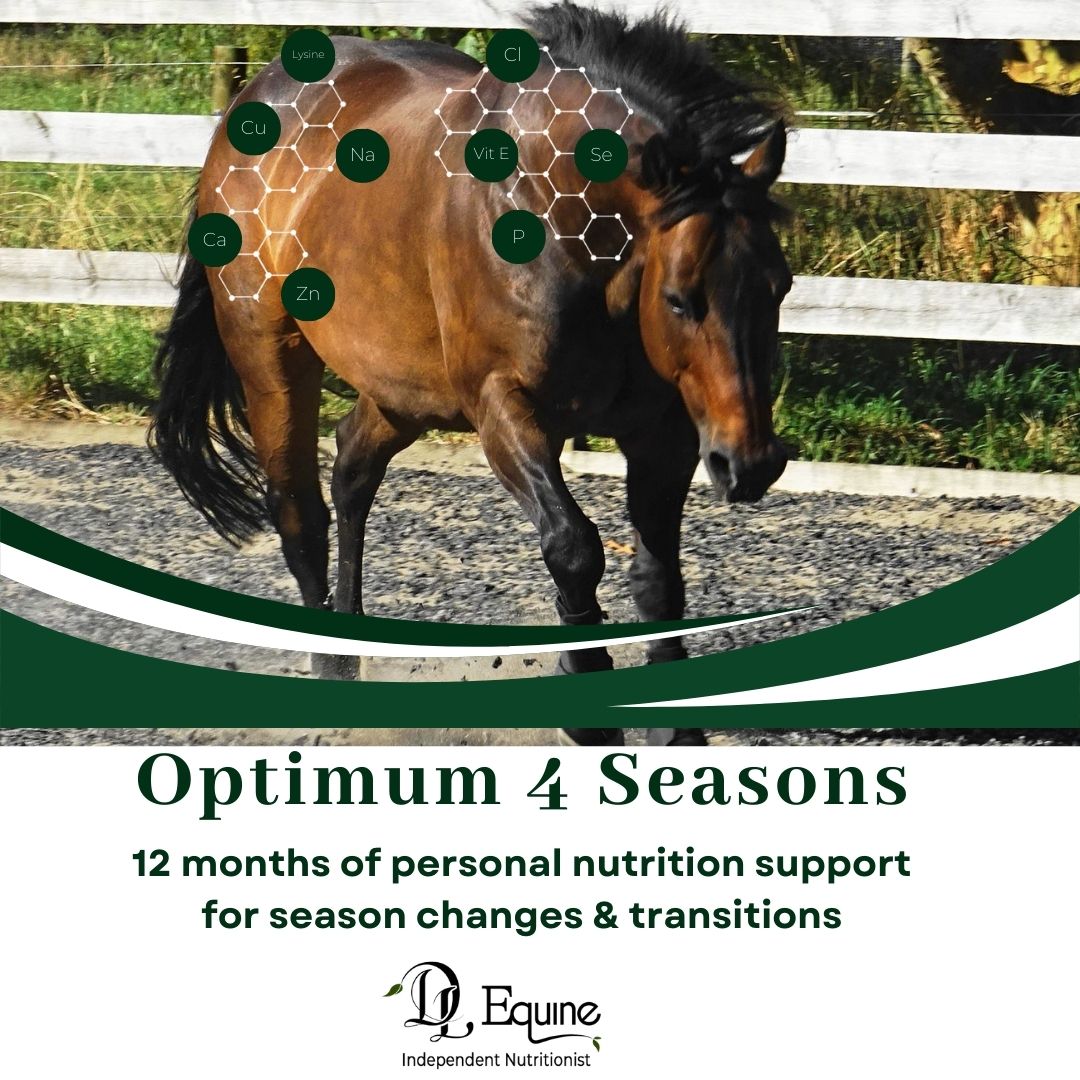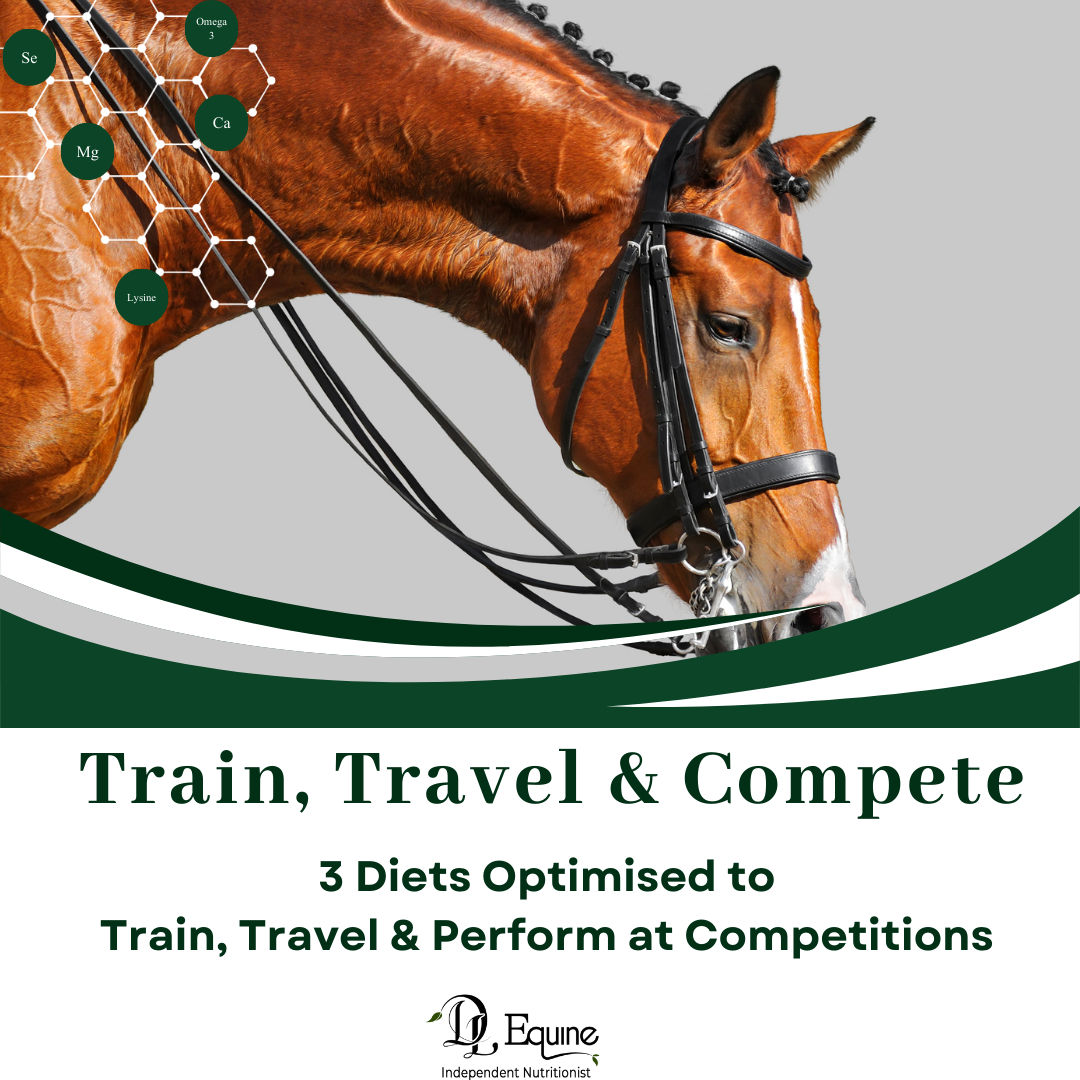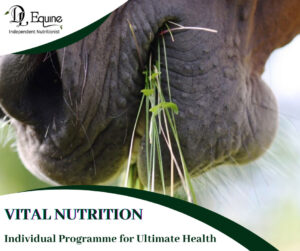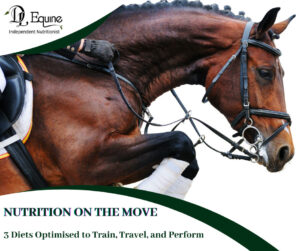Hey there,
Welcome to Autumn!
Speaking of the weather…as so many people haven’t managed to get enough fine days in a row to make hay there is possibly going to be a shortage this winter. Yet the word on the street is that a lot of contractors have opted to make haylage, baleage or silage.
What does this mean for feeding your horse?
Lets break it down into bite size;
What are they?
Hay is defined as grass that has been cut and left to dry in the sun, possibly for 2 – 3 days then tightly baled into small square or large round bales and stored.
Hay is very dry and is typically 90% dry matter.
Baleage, silage, and haylage are names for the same basic product: ensiled grass.
It doesn’t matter whether the grass is going into a massive silage pit or a plastic-wrapped bale – the process is the same. Usually (in a normal year) the grass is baled when much greener than hay. Unfortunately often the terms bailage and haylage are used interchangeable in discussion depending on where you are in the world.
These products are wrapped, creating an anaerobic environment = NO oxygen.
This anaerobic environment means that fermentation takes place which results in a drop in the pH to inhibit spoilage causing organisms.
During fermentation, sugars in the haylage or bailage are converted to lactic acid and volatile fatty acids (VFA).
In reality the difference between the three lies in how the grass is preserved, and the different nutritional value and moisture content of them.
Baleage is a bale of hay put up wet and then wrapped wrapping within the first 12-24 hours in plastic. Baleage is partially dried forage, preferably 45-55 percent moisture, which is baled and wrapped with at least 6 layers of 1 mil plastic.
Haylage is grass that has been cut, then left to wilt for a shorter period of time than normal dry hay, in the field, before being baled and wrapped in several layers of plastic. Haylage is forage chopped using a silage chopper and packed in a silo, or bag. Some producers may chop right after the mower or allow for some minimal drying prior to chopping.
Silage is called pickled pasture in NZ. It is grass that is cut and compacted in a silo or wrapped in plastic airtight bales.
When pasture is ensiled, its sugars are converted into lactic acid by bacteria. It is the lactic acid which pickles the pasture, allowing it to be preserved for a lot longer than it would have been if left in the open air.
Silage made in NZ is usually only 25-30% DM.
The process of fermentation in bailage (if made correctly) is slower and less complete compared to haylage or silage due to a more loosely packed forage (more oxygen), a larger particle size (less available sugars), and lower moisture, typically. The slower fermentation results in a pH higher than that of haylage.
This season much of the baleage made is simply hay that is too moist to store safely as dry hay so it is wrapped or otherwise sealed in plastic.
What’s the difference to a horse?
Each have advantages and disadvantages.
· Dry Matter
· Storage
· Preservation
To recap Dry Matter:
DM drives the horses hind gut microbes. These tricky little microbes breakdown fibrous material, DM, and turn it into volatile fatty acids that are basically used for energy to run the horses body processes. The more dry matter a horse can get into its hind gut the better.
Hay = 90% DM
Baleage = 30% to 65% DM
Haylage = 50% to 65% DM
Silage = 25-30% DM

A horse needs to eat @2% of its body weight per day in DM. Now some of this will in reality in NZ and Australia come from your pasture.
However if we think just in terms of feeding for DM requirements, then obviously we need to feed a LOT more haylage or balaege to reach that figure as these feeds contain soo much more moisture compared to hay.
A quick maths example would be a 500kg horse requires 2% body weight per day in DM. So if we feed a 500kg horse: 500 x 0.02 = 10kg DM per day.
If we are feeding baleage which is at 50% DM then to reach that 10kg DM we need to feed 10 / 0.5 = 20kg of baleage.
If we are feeding hay at 90% DM, then to reach 10kg DM per day we need to feed 10 / 0.9 = 11.11kg of hay per day.
Hay being essentially dried grass means there will be loss of nutrients and the more mature nature of hay means its Digestible Energy (DE) content makes it (generally) a low calorie forage. Hay is fairly economical to buy and if correctly stored will stay in good condition for a relatively long period of time. Hay is, however, prone to the accumulation of dust and mould spores, meaning it is not ideal for those horses with dust allergies, a compromised respiratory system and those that are stabled frequently.
However Hay can be soaked so that the dust spores stick to the hay and are no longer airborne, reducing dust and the sugar content for horses that require less. Haylage is dust free so maybe a good choice for horses with a compromised respiratory system.
Haylage is, however, higher in protein, (If the grass it has been cut from is greener!) and more digestible than hay giving it a higher DE content. As a result, it can add calories so it’s often not ideal for overweight horses or metabolic horses,
Also keep in mind the acidic nature of haylage and bailage as a result of fermentation means that it may not be ideal for those horses with gastric ulcers or hindgut sensitivities.
Bales that are not wrapped adequately are more likely to suffer tears and perforations of the plastic, allowing secondary bacterial growth. This can contribute to contamination of the bales with yeast, mould, mycotoxins, and spoilage bacteria.
All fermented products, haylage, baleage and silage begin to break down once exposed to air, and will begin to heat up as micro-organisms turn the remaining sugars and protein into heat and energy. Meaning spoilage starts as soon as that bale is exposed to the air.
When feeding out, aim for as little time as possible between exposing the feed to air, and the horse eating it.
So it is not always economical for owners who have only one or two horses as often they cant feed out a bale fast enough.
Myth busting time;
The end feed product is only as good as the grass it was cut from! I have heard a few whoppers lately that baleage is better than hay etc.
Making silage or haylage will not make the grass improve, especially if it was cut really late in the season anyway as has happened this year! However while the process of silaging won’t add any nutrients, it does a great job preserving existing nutrients.
The one and ONLY way to know what you are feeding your horse is to get your hay or haylage or baleage analysed!
Happy Feeding!
Dale

